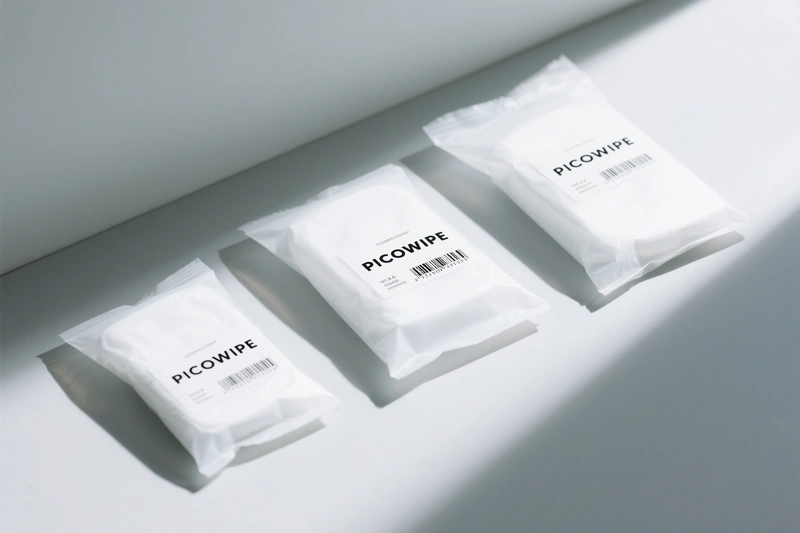By [email protected] — Charting the depths of expertise
The "elasticity" of a cleanroom wipe is a composite tactile sensation involving elastic recovery, softness, and surface conformability. This characteristic results from a multi-scale, hierarchical design spanning molecular properties, fiber characteristics, fabric structure, and manufacturing processes.
The sources of cleanroom wipe elasticity can be categorized into the following levels:
1. Fundamental Source: Molecular Properties (Minor Elasticity)
The ultimate source of elasticity lies in the entropy elasticity of its raw materials (like polyester PET and nylon PA).
Principle: Polymer chains are naturally coiled and disordered (high entropy state). When stretched by an external force, the chains straighten (entropy decreases). Upon removal of the force, they spontaneously tend to return to the high-entropy coiled state, generating a recovery force. Material Differences: Polyester (PET) has a high elastic modulus and good dimensional stability. Nylon (PA) has better flexibility, superior elastic recovery, and excellent abrasion resistance. The common 80% polyester + 20% nylon blend primarily uses polyester for structural support and nylon for elastic recovery and softness. For details, see my article "Polyester vs. Nylon: A Cleanroom Wipe Material Guide".
2. Core Source: Fabric Construction Method (Significant Elasticity)
While molecular properties form the basis of elasticity, the fabric structure is the most crucial factor determining the tactile sense of elasticity.
Knitted Structure: This is the primary source of elasticity in cleanroom wipes. They typically employ high-density knitting.
Principle: Knitted fabrics are formed by interlocking loops of yarn. When stretched, deformation mainly comes from the geometric distortion of the loops (being elongated and flattened), rather than the stretching of the yarn itself. The loop structure returns to its original shape when the force is removed. This mechanism allows the fabric to achieve much higher elongation and resilience in certain directions than the fiber itself.
Woven Structure: Warp and weft yarns interlace perpendicularly. This structure is stable and strong, but the yarns are locked in place, resulting in almost no elasticity and a stiffer feel.
Nonwoven Structure: Such as spunlace fabric, consists of randomly entangled fibers. Its "elasticity" is more akin to "flexibility" or "compliance" arising from fiber slippage, offering minimal true elastic recovery.
For details, see my article "Knitted vs. Woven Cleanroom Wipes: What's the Difference?".
3. Auxiliary Source: Fiber Morphology & Post-Processing (Slight Elasticity)
Manufacturing processes further refine and balance the elastic performance.
Texturizing Process: During yarn manufacturing for cleanroom wipes, polyester pre-oriented yarn (POY) undergoes false-twist texturizing using a texturizing machine. This process uses heat setting to impart a permanent three-dimensional helical crimp to the fibers. This crimped structure acts like a micro-spring, greatly increasing the fiber's recoverable stretch range. It also increases the bulkiness and surface area of the fiber, which enhances absorbency. Microfiber: Its extremely fine diameter results in very low bending stiffness, leading to exceptional softness and conformability. Ultrapure Water Rinsing: Removes processing oils, allowing the fiber bundles to "relax" and become softer and fluffier, thereby enhancing the perceived "elastic" touch.
Summary: The Value of Elasticity
The elasticity of a cleanroom wipe is a "three-stage amplification" system: Molecules (entropy elasticity) -> Fibers/Yarns (crimped micro-springs) -> Fabric (knitted loops).
This engineered elasticity allows it to conform perfectly to the surfaces of precision instruments, control wiping pressure to prevent scratches, and withstand repeated use for extended durability.


